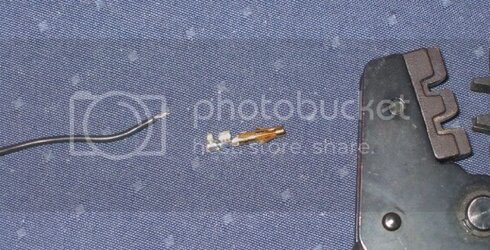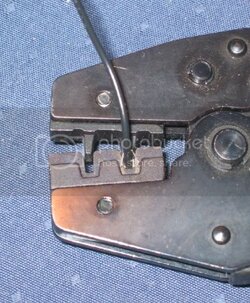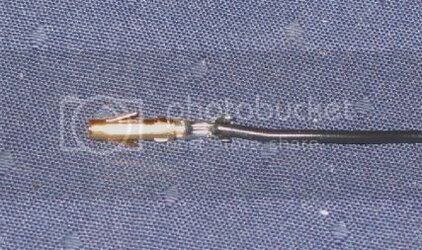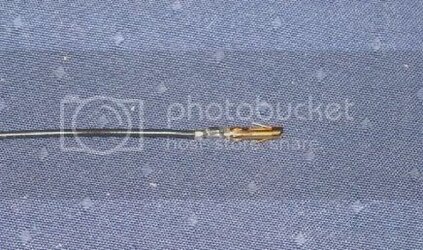- Joined
- Feb 24, 2005
- Location
- Buffalo, NY
Hey all;
I've been searching, and only found one tool @ www.performance-pcs.com that is used to crimp the molex pins to the wires.
Could someone please SHOW me how this tool works? Some people use pliers, but I have no idea how you use a plier to crimp something so small as those pins. Pictures would be helpful.
What tools do you guys use to crimp on your pins? (Please don't say solder, lol, because I don't have a place to do it right now)
I've been searching, and only found one tool @ www.performance-pcs.com that is used to crimp the molex pins to the wires.
Could someone please SHOW me how this tool works? Some people use pliers, but I have no idea how you use a plier to crimp something so small as those pins. Pictures would be helpful.
What tools do you guys use to crimp on your pins? (Please don't say solder, lol, because I don't have a place to do it right now)

 :
:




